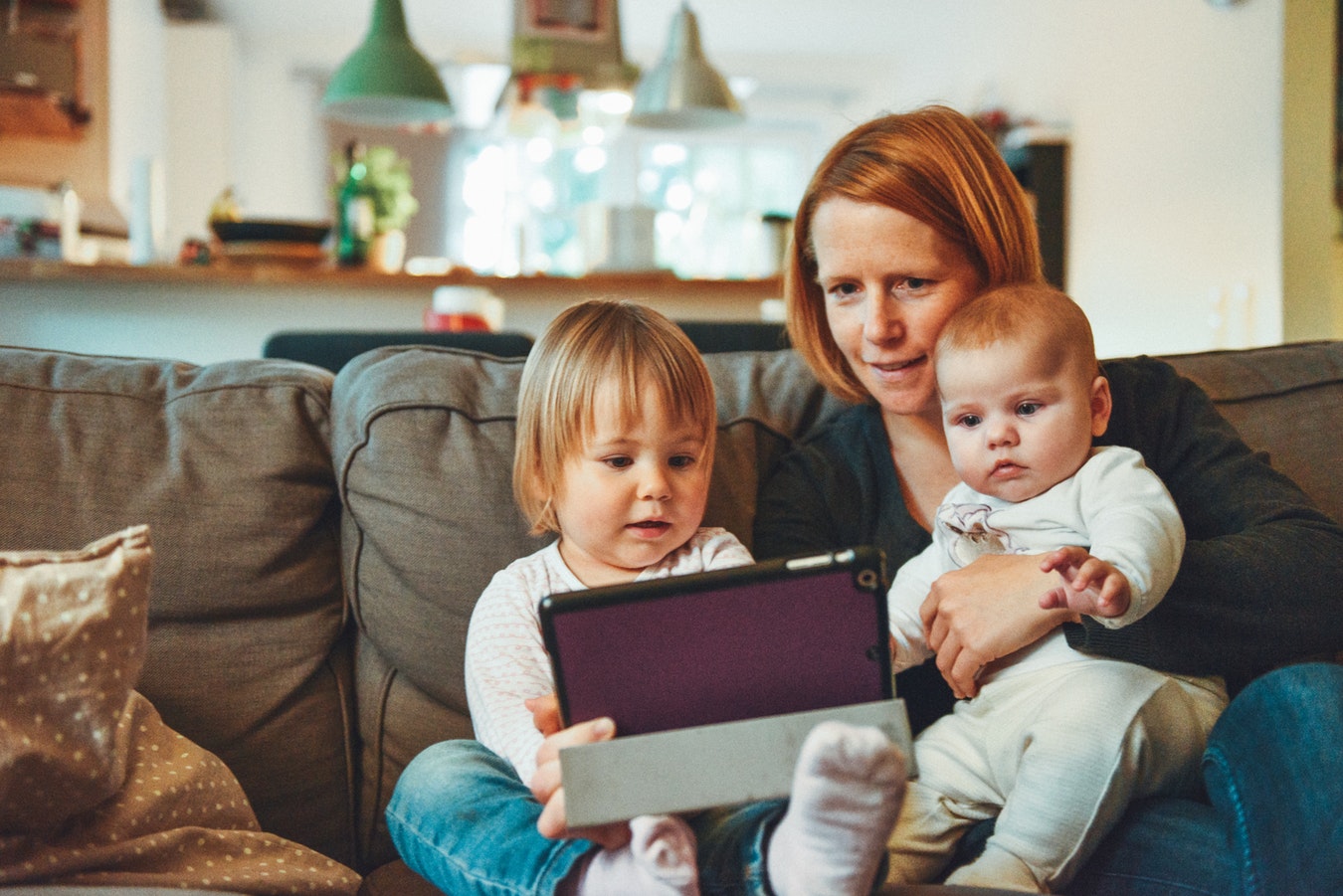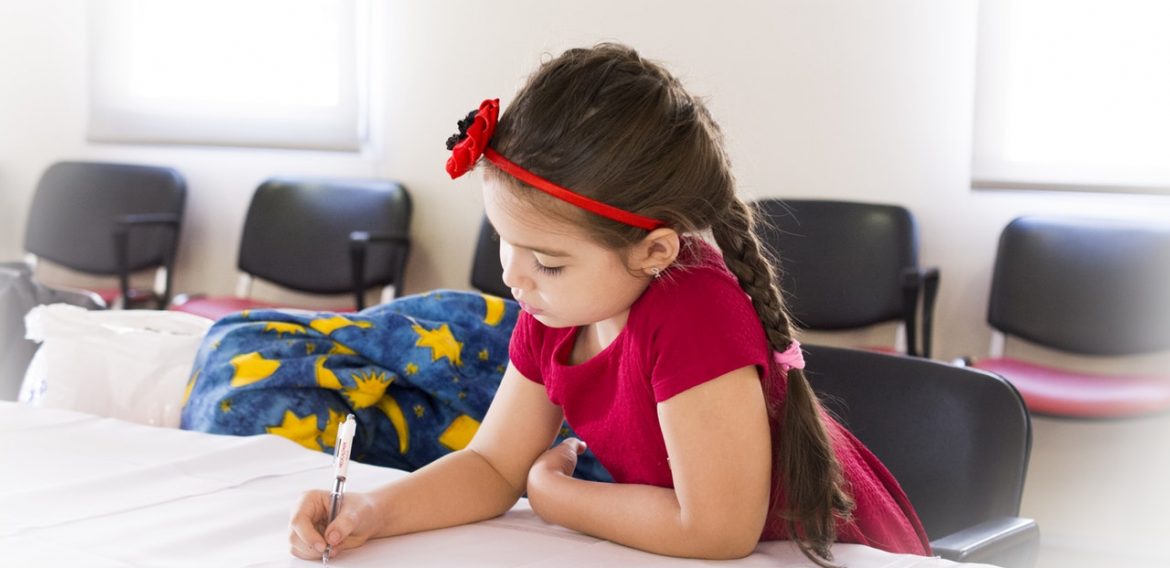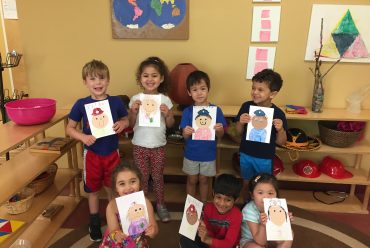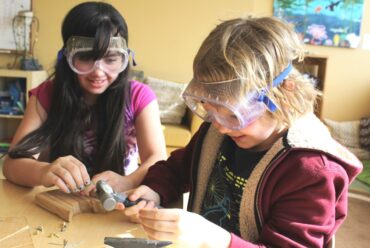How To Make A Morning Routine Chart For Kids
At Living Montessori, we believe in fostering independence in children from a young age. In fact, our approach is that anything children CAN do for themselves, they SHOULD do for themselves. From putting on their own shoes and coats, to putting away their classroom materials, our students learn to be independent in various aspects of their lives. At home, parents should foster their child’s emerging independence as well. One easy way to help your child become more self-reliant is through encouraging them to prepare for school on their own in the mornings, rather than being guided by their parents in every step of their routine. Abstract planning is difficult for young children, and older children may forget steps as their minds become more occupied with other thoughts, so we encourage families to post daily routine charts to help children be successful and self-reliant in their day-to-day lives. If you’d like to make this type of chart with your children, here’s how to do it.
Step 1: Identify tasks your child needs to complete to prepare for school
Before you can make a chart, you need to decide what tasks are the most important parts of your child’s morning routine. What needs to be accomplished prior to walking out the door? Your child can help brainstorm about what happens in the mornings. This can be anything from brushing teeth, to getting dressed, to feeding pets and more. Narrow it down to the basics so the sequence of steps are clear, achievable, and so the child can experience the feeling of success. Some common morning routines might include things like:
- Brush teeth

- Brush hair and other general grooming tasks
- Eat breakfast
- Go to the bathroom
- Get dressed
- Pack backpack
- Put on shoes & jacket (weather appropriate)
- Feed Pets
- Make Bed
- Anything else your children need to do to prepare for school in the morning!
Step 2: Make chart on large paper or erasable surface

Now comes the fun part: creating the chart. Some families use butcher paper, poster board, or other types of display paper, while others opt for an erasable surface such as dry erase board or chalkboard so they can erase the chart and use it again. Whatever surface you use, the most important thing is to convey an easily discernible list of tasks so children clearly understand the chart. Remember to keep it to the basics so the list isn’t too long. Sequence the items appropriately so the child can follow from left to right to see what is next after each step they finish. For non-reading children, photos or pictures of each step can substitute for words, and encouraging your child to draw pictures or color in images is a great way to get them involved in the process and excited about using their chart.
Step 3: Display Chart and Talk Through It With Children

Once the chart is made, the final step is displaying it somewhere prominent and talking with children about how to use it. As they are learning the routines, prompt your child frequently with comments like “I see you have finished this step. Let’s go check the chart and see what is next!” Eventually you will remove the “let’s go” from your vocabulary and replace it with “Go check to see…” The goal in promoting your child’s independence is to slowly remove yourself from their process, and you will know from the cues your child gives you how gradually to do that. Praising children for completing the tasks is not necessary, but rather you should acknowledge to them what they have accomplished, and reflect back to them how much they did all by themselves. “You got dressed without me even having to remind you! You must have checked the chart!” Connect their accomplishments to the real life consequences with comments like “You got ready so quickly that now you have extra time to sit and enjoy your breakfast!” or “Eating took a long time today, so you won’t have time to play with the dog before we leave. I know you love that, so tomorrow you can try again and see if you can finish a little faster.” Remember that true independence comes from doing for themselves, not just from doing for your benefit. Use your comments to them for building their own pride so that they are motivated to continue with the routine even when you are not watching.
Helping kids build their morning routines is a great way to develop children’s self-resilience from a young age, and it helps them recognize more of a sense of control in their own day-to-day activities. Building a child’s sense of responsibility and routine not only will ultimately make your morning easier, but it also promotes the characteristics of independence, confidence, and organization that are innate parts of our Montessori goals for every child. To learn more about the Living Montessori Education Community in Bellevue, visit our website today!
Image courtesy of Pexels.com.







